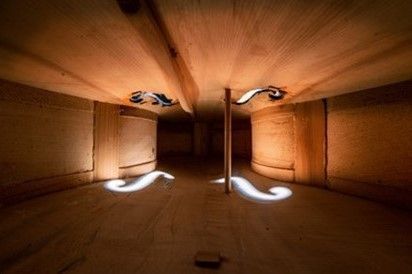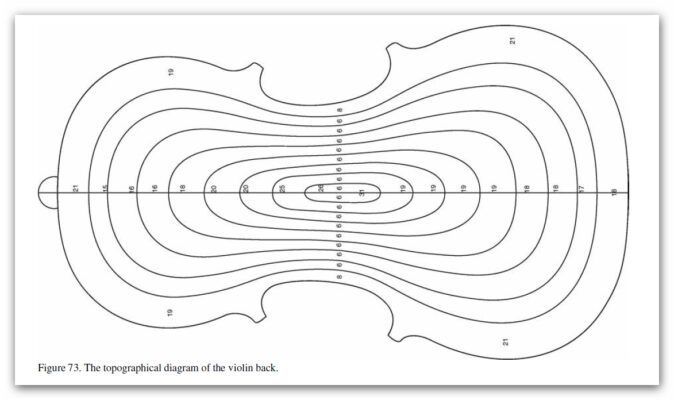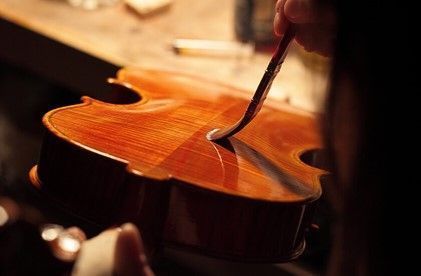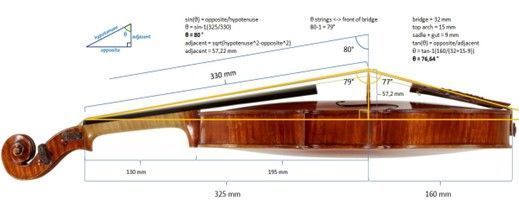Soundpost and Bass Bar: Enhancing Tonal Qualities
The soundpost and bass bar in a violin are critical components that play a significant role in enhancing the instrument’s tonal qualities, resonance, and overall sound production. Here’s a deeper exploration of the soundpost and bass bar and their impact on the violin’s tonal characteristics

Soundpost
A small, cylindrical wooden dowel placed inside the violin, connecting the top and back plates. It is strategically positioned just below the treble side of the bridge, exerting pressure on the top plate. It acts as a crucial structural support and helps transmit vibrations between the top and back plates, influencing the instrument’s sound.
Bass Bar
A thin, wooden strip placed on the inside of the soundboard, running longitudinally under the bass side of the bridge. It serves as a reinforcement and helps distribute vibrations across the soundboard, influencing the instrument’s tonal complexity and projection.
Improving Resonance and Projection
The soundpost also helps enhance the instrument’s resonance and projection. By carefully adjusting the tension and position of the soundpost, a luthier can influence the instrument’s responsiveness and tonal projection. A well-fitted, it facilitates the efficient transfer of energy, resulting in improved tonal clarity, volume, and projection.
Improving Tonal Projection
It plays a crucial role in improving the instrument’s tonal projection. It helps distribute vibrations more efficiently, allowing the soundboard to resonate and project sound waves more effectively. A well-constructed bass bar ensures that the lower frequencies are projected with clarity and power, providing a solid foundation for the instrument’s overall tonal presence.
Modifying Tonal Characteristics
Adjusting the placement and fit can enable subtle modifications to the instrument’s tonal characteristics. Moving the soundpost slightly closer to the bridge can enhance brilliance and clarity, while moving it closer to the bass side can promote warmth and depth. These adjustments allow for customization and fine-tuning of the instrument’s tonal palette, catering to the preferences and playing style of individual musicians.
Tailoring Tonal Response
The design and characteristics of the bass bar can be tailored to achieve specific tonal responses. Different shapes, thicknesses, and positions of the bass bar can influence the instrument’s tonal balance and response. Adjusting these parameters enables luthiers to customize the instrument’s tonal signature to match the desired sound qualities and musical preferences.
Together, the soundpost and bass bar work in harmony to optimize the instrument’s sound production. Their careful placement, fit, and design allow for the precise control and manipulation of the instrument’s tonal qualities, resonance, and projection. Skilled luthiers meticulously craft and adjust these components to achieve an instrument with enhanced tonal complexity, balance, and responsiveness, resulting in a violin that is capable of producing a captivating and expressive sound.
Address
3863B S. Campbell
Springfield, MO 65807
Phone







